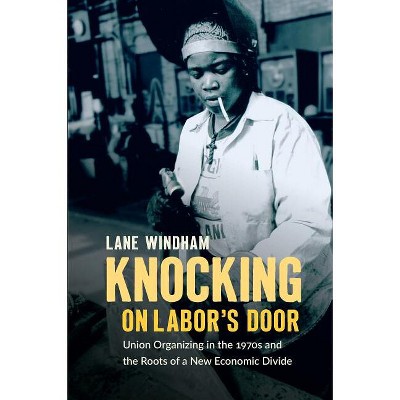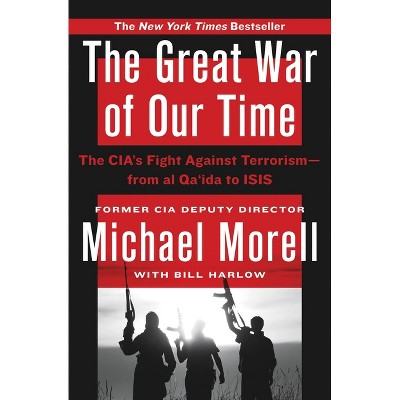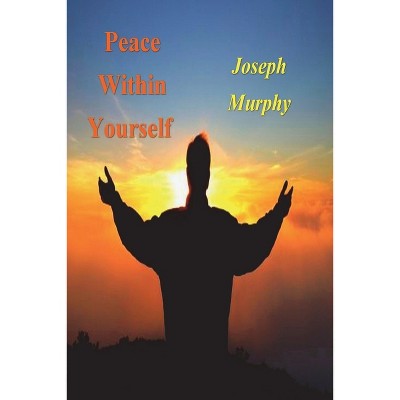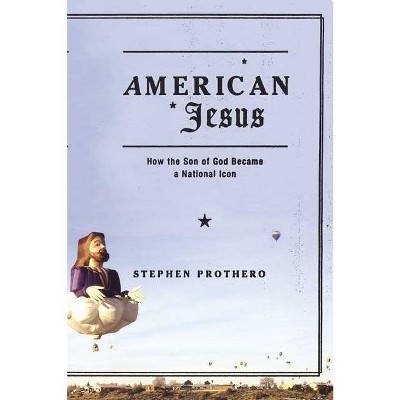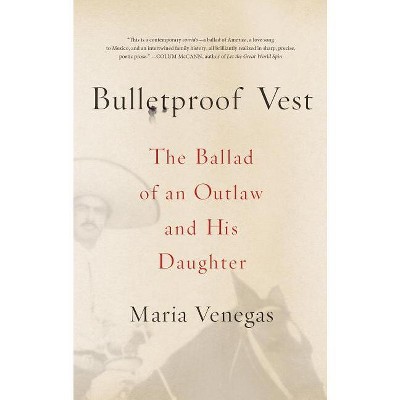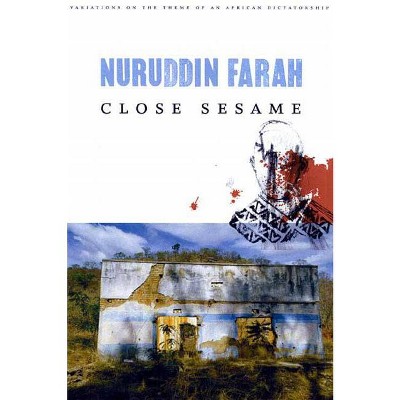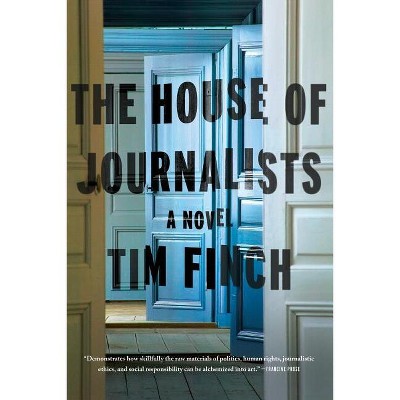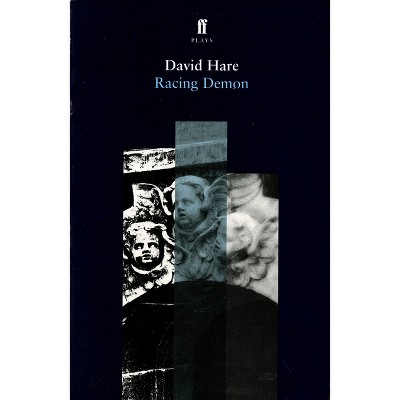Sponsored

Murdering McKinley - by Eric Rauchway (Paperback)
In Stock
Sponsored
About this item
Highlights
- When President William McKinley was murdered at the Pan-American Exposition in Buffalo, New York, on September 6, 1901, Americans were bereaved and frightened.
- About the Author: Eric Rauchway has written about history for The Financial Times and The Los Angeles Times.
- 272 Pages
- Social Science, Conspiracy Theories
Description
Book Synopsis
When President William McKinley was murdered at the Pan-American Exposition in Buffalo, New York, on September 6, 1901, Americans were bereaved and frightened. Rumor ran rampant: A wild-eyed foreign anarchist with an unpronounceable name had killed the commander-in-chief. Eric Rauchway's brilliant Murdering McKinley restages Leon Czolgosz's hastily conducted trial and then traverses America with Dr. Vernon Briggs, a Boston alienist who sets out to discover why Czolgosz rose up to kill his president.
From the Back Cover
When President McKinley was murdered at the Pan-American Exposition in Buffalo, New York on September 6, 1901, Americans were bereaved and frightened. Rumor ran rampant: A wild-eyed foreign anarchist with an unpronounceable name had killed the Commander-in-Chief. Eric Rauchway's brilliant Murdering McKinley re-creates Leon Czolgosz's hastily conducted trial and then traverses America as Dr. Vernon Briggs, a Boston alienist, sets out to discover why Czolgosz rose up to kill his President. While uncovering the answer that eluded Briggs and setting the historical record straight about Czolgosz, Rauchway also provides the finest portrait yet of Theodore Roosevelt at the moment of his sudden ascension to the White House.
For Czolgosz was neither a foreigner nor much of an anarchist. Born in Detroit, he was an American-made assassin of such inchoate political beliefs that Emma Goldman dismissed him as a police informant. Indeed, Brigg's search for answers---in the records of the Auburn New York State penitentiary where Czolgosz was electrocuted, in Cleveland where Leon's remaining family lived---only increased the mystery. Roosevelt, however, cared most for the meanings he could fix to this "crime against free government all over the world." For Roosevelt was every inch the calculating politician, his supposed boyish impulsiveness more feint than fact. At one moment encouraging the belief that Czolgosz's was a political crime, at the next that it was a deranged one, Roosevelt used the specter of McKinley's death to usher in Progressive Era America. So why did Czolgosz do it? Only Rauchway's careful sifting of long-ignored evidence provides an answer: heart-broken, recently radicalized, and thinking he had only months to live, Leon decided to take the most powerful man in America with him.Review Quotes
"A fascinating story of America at a crossroads . . . Murdering McKinley stands out as a well-reasoned and well-told chronicle about the dawn of modern America." --Bob Hoover, Post-Gazette
"A compact masterpiece that explains more about the late 19th Century than most historians know and yet is readable enough to take on an airplane . . . Accurate, comprehensive and cutting-edge history, it is also a rip-roaring tale...a book that holds high the standard for popular history. Illuminating the society that inspired a coldblooded murder, Rauchway's Murdering McKinley is a brilliant trip through the heart of the 19th Century." --Heather Cox Richardson, Chicago Tribune "Eric Rauchway is that rare historian who is also a first-rate storyteller. Murdering McKinley is almost as impressive a literary feat as it is a scholarly one; a fascinating window on a turbulent time in our untold history and a damn good read to boot." --Eric Alterman, author of What Liberal Media? The Truth About Bias and the News "Before Lee Harvey Oswald there was Leon Czolgosz (chol-gosh), the anarchist who shot and killed President William McKinley in 1901. Murdering McKinley tells the story of this assassin and the push he gave to progressivism by making Teddy Roosevelt president of the United States." --Bruce Ramsey, The Seattle TimesAbout the Author
Eric Rauchway has written about history for The Financial Times and The Los Angeles Times. He teaches at the University of California, Davis and is the author of The Refuge of Affections. He lives in Northern California.
Shipping details
Return details
Trending Non-Fiction







